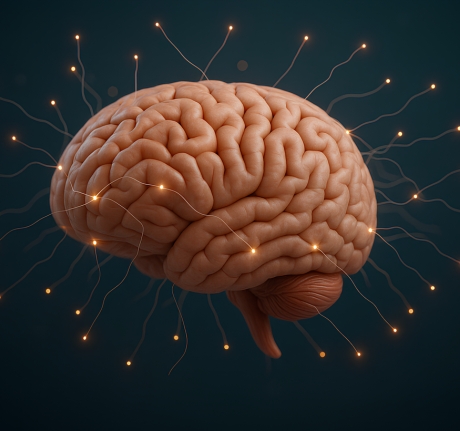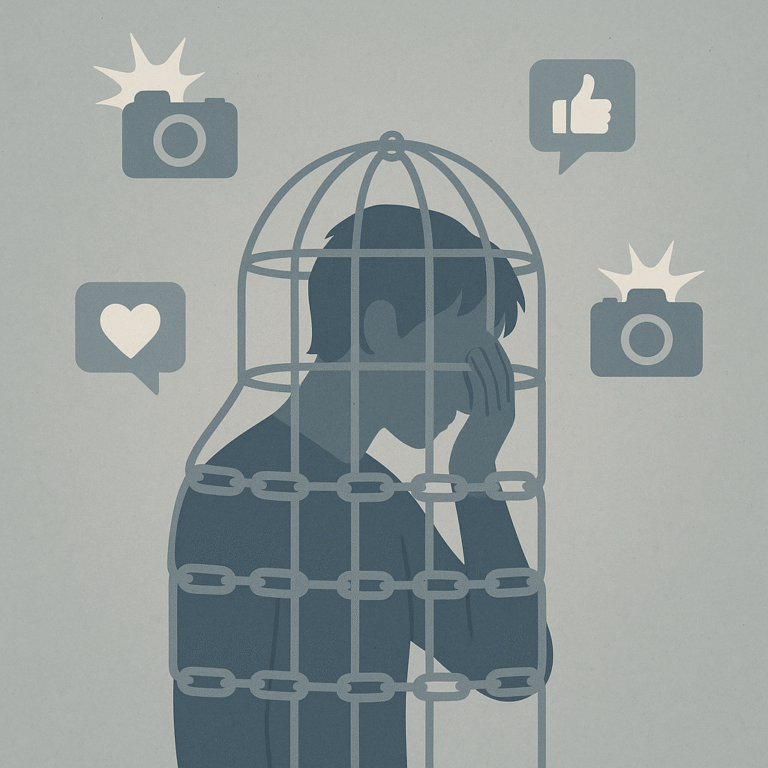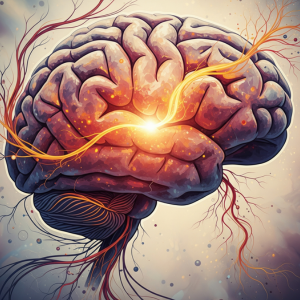
The Power of Your Mind: How Neuroplasticity Helps You Overcome Stress and Trauma
Are you feeling like your mind is constantly on the go—juggling work, home life, and endless tasks—and yet you still feel emotionally drained? You’re not alone. Whether you’re a professional, a homemaker, or a small business owner, stress can build up without us even realizing how deeply it impacts us. You might even notice your body reacting with headaches, sleepless nights, or that constant feeling of being on edge.
Here’s the thing: this isn’t all in your head. Stress and anxiety are real, and they don’t just affect your emotions—they affect your body too. But the good news is that you don’t have to stay stuck in this cycle. Your brain is far more flexible than you think, and with the right tools, you can begin to heal and break free from the emotional patterns that have been holding you back.
In this post, we’re going to explore how neuroplasticity—the ability of your brain to rewire itself—can help you overcome stress, anxiety, and even trauma. We’ll dive into how ancient wisdom, like the teachings of the Bhagavad Gita, aligns with modern science, and we’ll walk through some simple, practical exercises you can start using today.
Understanding Neuroplasticity: Your Brain Can Change
It might sound a bit unbelievable at first, but here’s the good news: neuroplasticity means that your brain can change throughout your entire life. In simple terms, your brain isn’t stuck in a permanent state. It can be rewired, and that’s where the magic happens.
When you’re stressed or anxious, your brain forms certain neural pathways. Over time, these pathways can become so strong that they start to affect how you react to situations—whether it’s work pressure, family stress, or past trauma. But, with practice, you can rewire those pathways. You can start to create new, healthier habits and emotional responses.

How Stress Affects Your Body and Mind
Think of stress as a signal from your brain to your body. When you’re stressed, your body reacts—maybe with muscle tension, fatigue, or stomach issues. This is your body’s way of saying, “Hey, something’s off here!”
The mind-body connection is incredibly strong, and that’s why addressing stress and emotional challenges isn’t just about “thinking happy thoughts.” It’s about taking control of your mental and emotional health through practices that work both on the mind and the body. When you address the root causes of your stress, you’ll start to see improvements in both how you feel mentally and physically.
The EmpowerShift Method: A Path to Healing
This is where the EmpowerShift Method comes in. It’s a holistic approach I’ve developed to help you take control of your mind and body, breaking free from old emotional patterns. Combining modern science with time-tested wisdom from the Bhagavad Gita and yoga philosophy, it focuses on neuroplasticity and self-healing.
In yoga, we talk about samskaras, which are like mental and emotional impressions or patterns from our past experiences. These samskaras tend to repeat in our lives, affecting how we respond to current situations. The goal is to release them, so we can create healthier responses to life’s challenges.
In the same way, neuroplasticity offers us a chance to reprogram these old patterns. By focusing on practices like meditation, deep breathing, and visualization, we can start to rewire our brains and release emotional baggage.

Real Transformations, Real Results

Simple, Practical Healing Solutions to Try Now
Alright, let’s get to the good part—practical, actionable steps you can start using right now. These are simple exercises backed by science to help you activate your brain’s ability to heal:
Breathing Exercise to Calm Your Nervous System
One of the quickest ways to reduce stress is through your breath. It sounds simple, but when you’re feeling overwhelmed, focusing on your breath can help reset your body’s stress response.
Here’s a quick exercise to try:
- Inhale deeply for 4 seconds
- Hold for 4 seconds
- Exhale slowly for 6 seconds
Do this 5 times in the morning or whenever you need a break. Studies show that this kind of breathwork helps activate your body’s relaxation response, reducing anxiety and stress.
Journaling for Emotional Clarity
Writing can be incredibly powerful when it comes to releasing stress. It helps you get to the root of what’s bothering you and shifts your focus from your worries to possible solutions. You can start by asking yourself:
- What’s a past experience that still triggers me emotionally?
- How can I reframe the beliefs I formed about myself because of this experience?
Journaling is a great way to bring awareness to your thoughts and start shifting your mindset.
Visualization for Inner Peace
Visualization is another simple yet effective way to retrain your brain for calm. Here’s an easy visualization exercise:
- Close your eyes and take a few deep breaths.
- Imagine yourself in a peaceful place—maybe a beach or a quiet park.
- Picture all the stress melting away from your body as you breathe deeply and focus on the calm surroundings.
Doing this every day can help reduce the stress you carry, shifting your brain’s focus from anxiety to peace.
Need Physiotherapy Help? Reach Out to Us
Long-Term Benefits of Emotional Healing
The most amazing part? Over time, practicing these self-healing techniques has a lasting impact. Consistency is key. When you make these practices a regular part of your life, you’ll start noticing:
- Lower anxiety levels
- Better emotional control and resilience
- Physical improvements, like better sleep and reduced muscle tension
Research from experts like Dr. Joe Dispenza shows that when we engage in practices like meditation and breathwork, we literally change the structure of our brain. These changes lead to emotional resilience and improved well-being.









